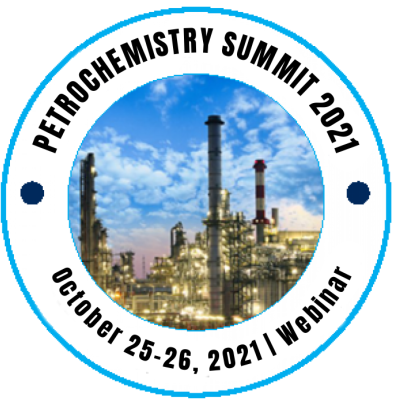
Dr. Priti Gupta
Manav Rachna University, India
Title: Removal of Heavy metals from Water Using natural adsorbents
Biography
Biography: Dr. Priti Gupta
Abstract
Water is such a unique element on planet earth. Water is considered as the torch bearer of human mankind and hence it is the most sought after in terrestrial spaces. Water in its purest form is completely transparent, odorless and neutral. However, it is seldom that we find all such properties of water in its natural existence. With the increasing industrialization and increased population pressure more and more industries are being setup to serve the mankind for their livelihood. This in turn is causing a lot of contamination to water sources resulting in health hazards. Not only human beings, but all living beings including animals and birds also get impacted due to this. Various contaminants get mixed with water and it becomes necessary to remove these toxic water pollutants before water is being consumed.
The methods to remove heavy metals from aqueous media can be grouped into two broad categories. The conventional methods fall under the physico-chemical approach. These methods can be carried out on a large scale but have their limitations. The other category which is the focus of this review explores biological methods used to remove heavy metals. This approach is called bioremediation. Bioremediation can involve various methods and can be grouped into phytoremediation (using plants) and microbial remediation (using microbes). This review describes some methods under bioremediation, mainly biosorption and bioaccumulation, and the differences between these methods. To improve the efficiency of these methods, some techniques have been discussed. These are immobilization and modifications of the cell wall. Scope for our experimentation is mentioned for further study in the area.

